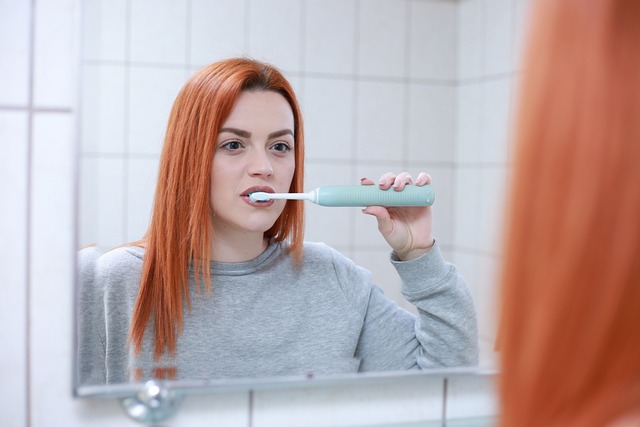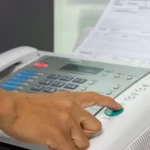
Most of us are aware that toothbrushes aren’t designed to last forever. But it can be challenging to tell when our cherished bristles are approaching the end of their natural lifespan. So, how often should you change toothbrushes?
Every three to four months, change your toothbrush. If you’ve been ill, think twice before using the same toothbrush for a longer period of time, especially if it’s kept next to other toothbrushes. If you’re unsure, check the bristles.
Frayed ones won’t be as effective at cleaning teeth. Children may require more frequent toothbrush replacements due to the fact that they typically brush more vigorously than adults.
How Often Should You Change Toothbrushes?
Your toothbrush is your first line of defense against the germs that lead to bad breath, tooth decay, and gum disease.
The best tools for navigating the tighter spaces in your mouth are those with straight bristles and a tidy, comfortable handle. The bacteria and old food that can build up around the bases of your teeth can be removed efficiently with a soft bristle brush.
If you brush your teeth for the recommended two minutes twice a day, you are already protecting your teeth from cavities.
One extra step you can take to be proactive about preventing tooth decay is to brush your teeth after a sugary snack and after each meal.
For a manual toothbrush, brushing twice or more each day is still considered standard. Your brush’s bristles will start to fall out and become twisted or mangled after about three months of use if you continue using it at this rate.
Changing your toothbrush every three to four months, or whenever it seems to be wearing out, is another recommendation from the Centers for Disease Prevention and Control (CDC).
When the bristles in your toothbrush begin to lose their stiffness, it is almost time to throw it out. Your toothbrush quickly loses its effectiveness without bristles to remove food and plaque.
How Often Should You Change An Electric Toothbrush Head?
By quickly rotating or vibrating, electric toothbrush heads clean the surface of your teeth. The nylon bristles on these toothbrush heads can fray with repeated use. They may also fray more quickly because the bristles are shorter.
The toothbrush head on your electric toothbrush should be replaced every 12 weeks or even sooner. When a brush head needs to be replaced, look for signs of deterioration on the bristles.
Other Reasons to Change Your Toothbrush
Replace your toothbrush and everyone else’s toothbrushes in your home if you or a member of your family has been sick.
It is important to replace your old toothbrush with a new one because of the risk of bacterial and viral infections like strep throat.
Children may mash on the toothbrush head or chew on the handle, so you may want to replace their toothbrushes more frequently than every three months.
Remember to keep an eye on your child while they brush their teeth to make sure the brush head isn’t coming into contact with anything other than their teeth.
Throw away your toothbrush if it is accidentally used by someone else. Everybody’s mouth contains different bacteria than yours, so it’s better to be safe than sorry.
Read about
Maintain Your Toothbrush
Use a clean toothbrush no matter what kind you use. The American Dental Association suggest to rinse the toothbrush thoroughly after each use to remove any remaining paste and debris. After using, put toothbrushes away upright and let them air dry. More so than leaving it exposed to the open air, storing a moist toothbrush in a closed container encourages microbial growth.
It’s best to fully dry the toothbrush bristles after each use rather than storing it in a closed container, which can lead to the growth of bacteria. Using disposable toothbrushes while traveling is something you might want to think about.
Risk factors for using a toothbrush beyond its recommended lifespan
The nylon bristles of your toothbrush are continually exposed to water and the ingredients in your toothpaste. As a result, the bristles become slightly less strong after each use. The bristles bend and twist into a new shape, which is known as “bristle flaring.”
According to a 2013 studyTrusted Source, bristle flaring starts to reduce your toothbrush’s effectiveness after 40 days of regular use. Participants in the study who didn’t change their toothbrushes after 40 days of use developed significantly more plaque.
Older toothbrushes are much less effective at removing plaque, which is the root of gum disease and tooth decay, according to at least two earlier studies on worn toothbrush heads.
So, How Often Should You Change Toothbrushes?
Make it a point to buy fresh toothbrushes several times a year for every member of the family. Several factors will determine how frequently you should change your toothbrush, but it is best to always have a brand-new, fresh toothbrush in the bathroom cabinet for each family member.



